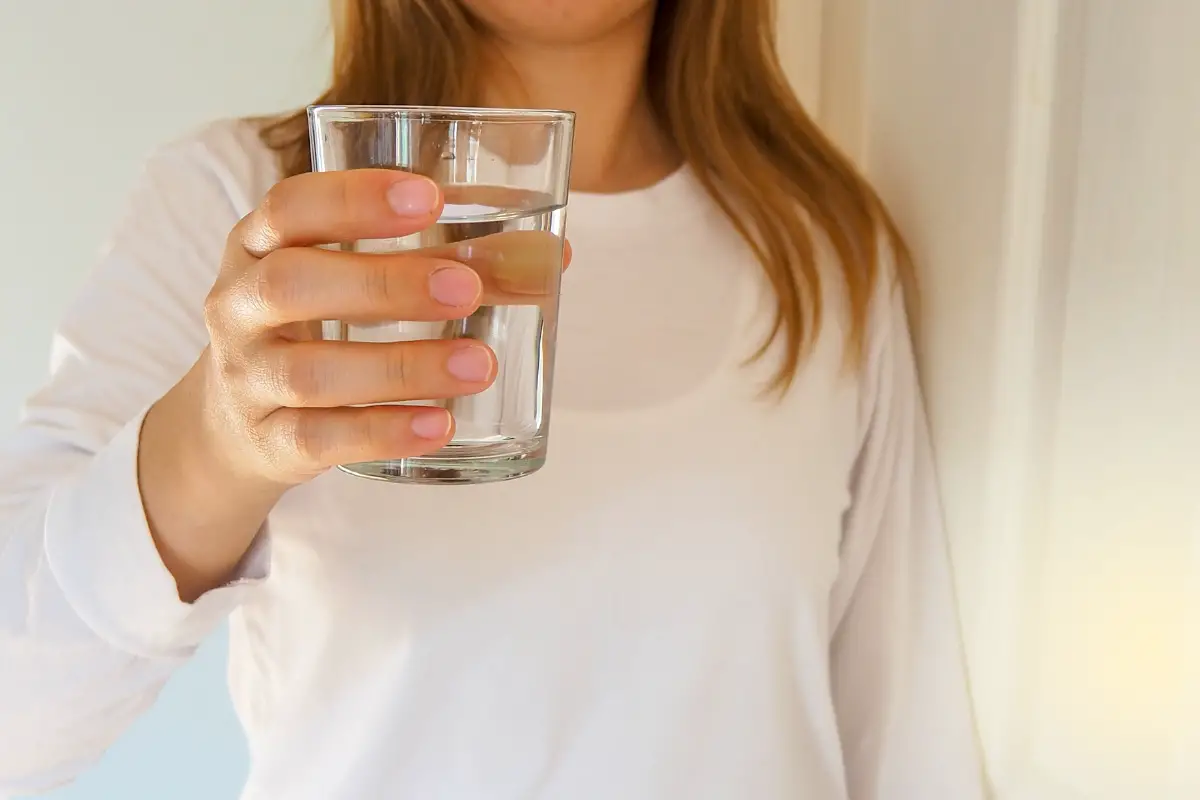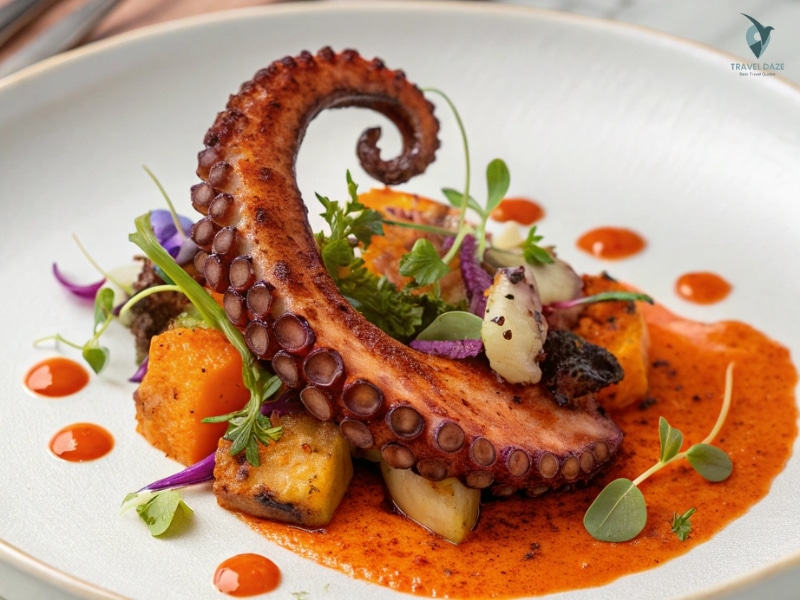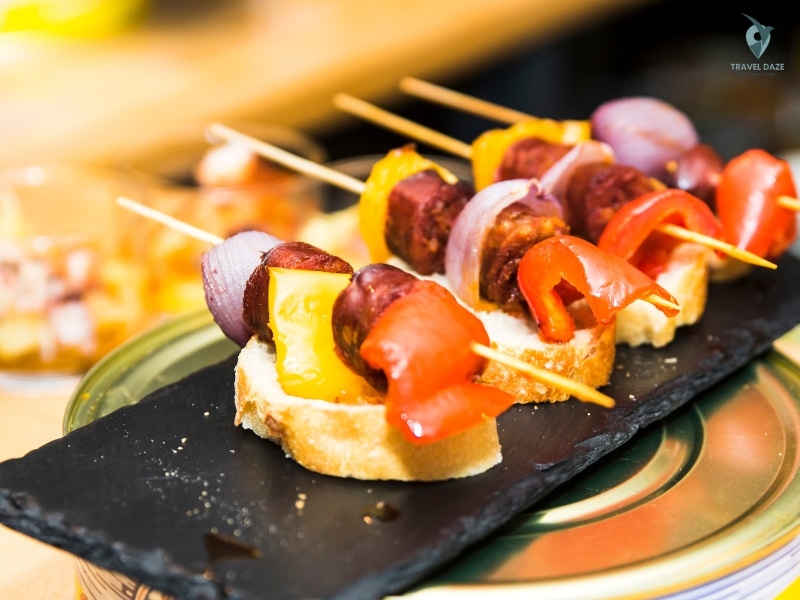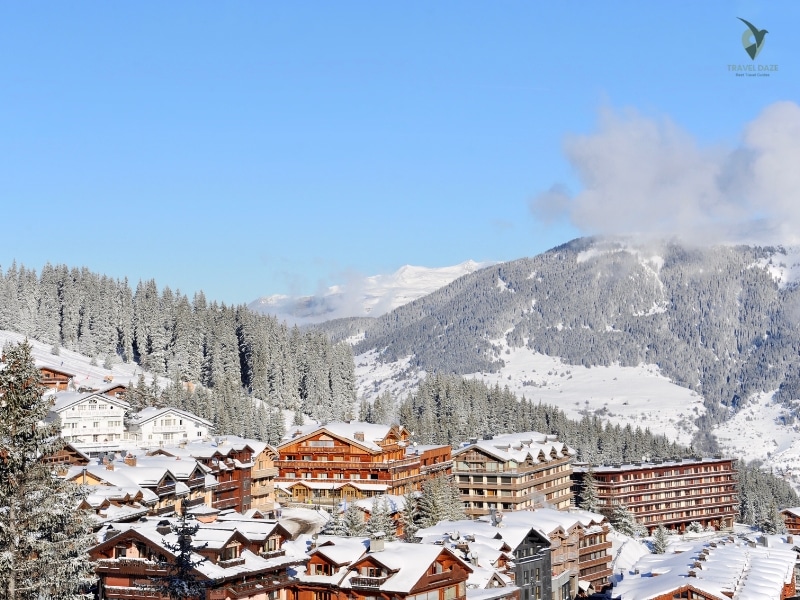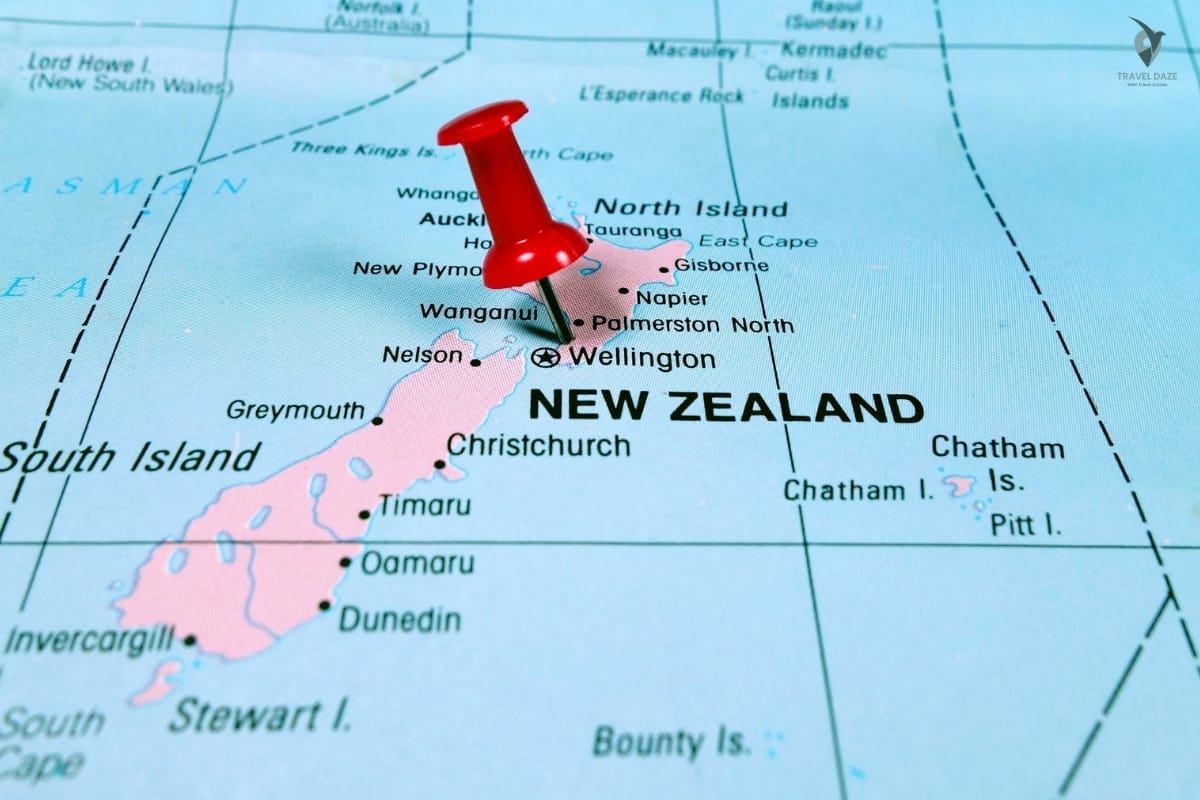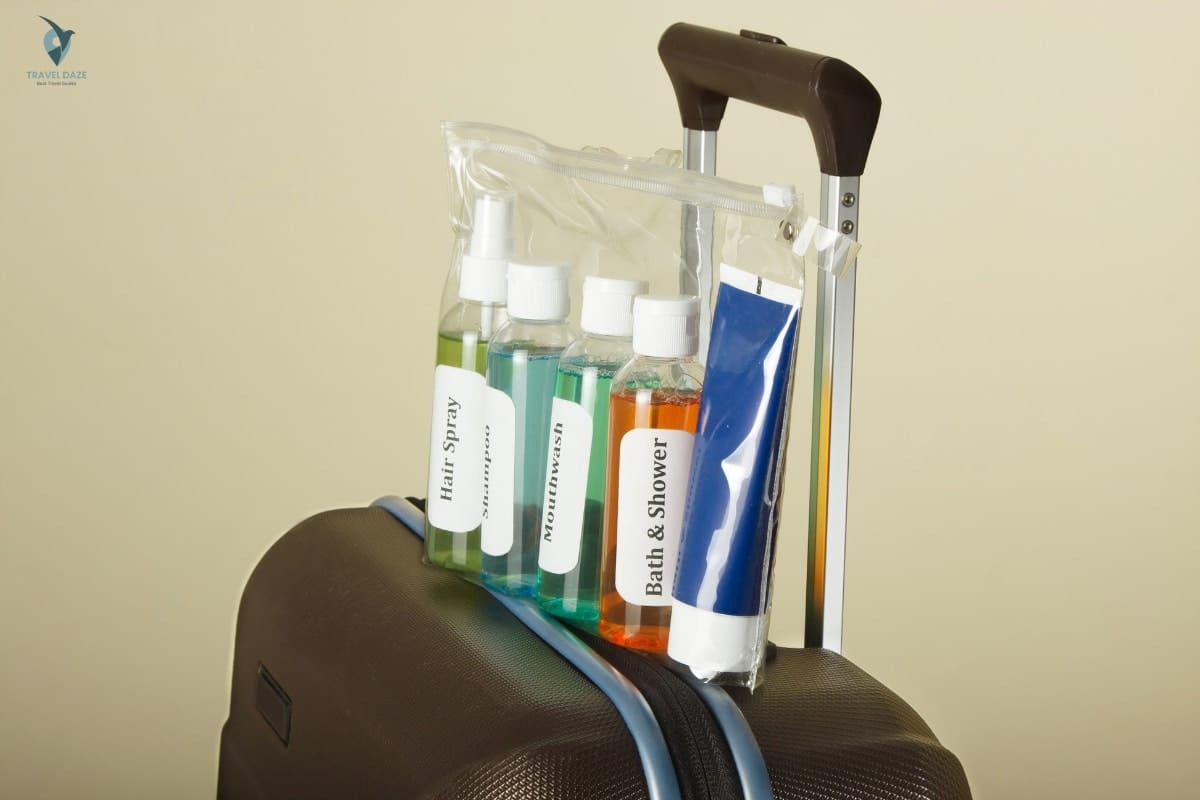Have you ever found yourself feeling like a raisin after a long flight? I certainly have.
Table of Contents
ToggleSomething about flying over the air transforms my body into a desert. On one of my cross-continental journeys, I noticed my skin had taken on the texture of antique parchment by the time we reached cruising altitude. This realization prompted me to go on an oasis search for in-flight hydration, making it my personal mission to overcome cabin pressure dehydration blues.
Here’s the deal: staying hydrated while flying is more than just drinking water like you’ve discovered an oasis after wandering the Sahara. It’s an art form, and I’m your unconventional guide to mastering it.
Forget those small aircraft cups that wouldn’t satisfy a hamster’s thirst; I’m talking about how to stay hydrated when you’re, well, flying high.
From selecting the perfect drinks to knowing how our bodies respond thousands of feet in the air, I’ve got recommendations to make your next trip as cool as a tropical breeze. Do not touch the seatbelt sign; we are about to embark on a voyage where dryness is highly banned!
Key Points That You Should Know
1. When I fly, I always bring a bottle of water that I can use again and again. Low humidity levels in airplane rooms can make you lose water. Having my own water bottle on board means I don’t have to wait for drink service to stay hydrated during the trip.
2. I don’t drink drinks that make me pee, like coffee, tea, and booze, while I’m in the air. Because they make me go to the bathroom more often, these drinks can make me even more dehydrated. I choose to stay hydrated by drinking water or drinks that are high in electrolytes.
3. I use a moisturizing face mist to keep my skin from feeling dry from the trapped air and cabin pressure. I spray a few of these on my face before the trip to keep it from drying out and to make it feel fresh.
4. Eating hydrating foods such as cucumbers, strawberries, and oranges is another strategy I use to remain hydrated on flights. These snacks not only satisfy hunger but also give extra water, which is very useful in the dry conditions of an airline cabin.
5. Finally, I make an effort to stroll about the cabin every few hours, if feasible. Movement improves circulation and counteracts the effects of sitting for too long in a drying atmosphere. Plus, going to the restroom allows me to refill my water bottle and stretch my legs.
Choosing the Right Drinks Before My Flight
I usually make it a point to choose hydrated beverages before boarding. Coffee and wine are easy options at airports, but I’ve discovered they are diuretics and may cause dehydration.
To keep my fluid levels stable, I drink water or electrolyte-infused drinks. It’s noteworthy that the Aviation Health Institute suggests avoiding coffee and alcohol for up to 24 hours before flying for this same reason.
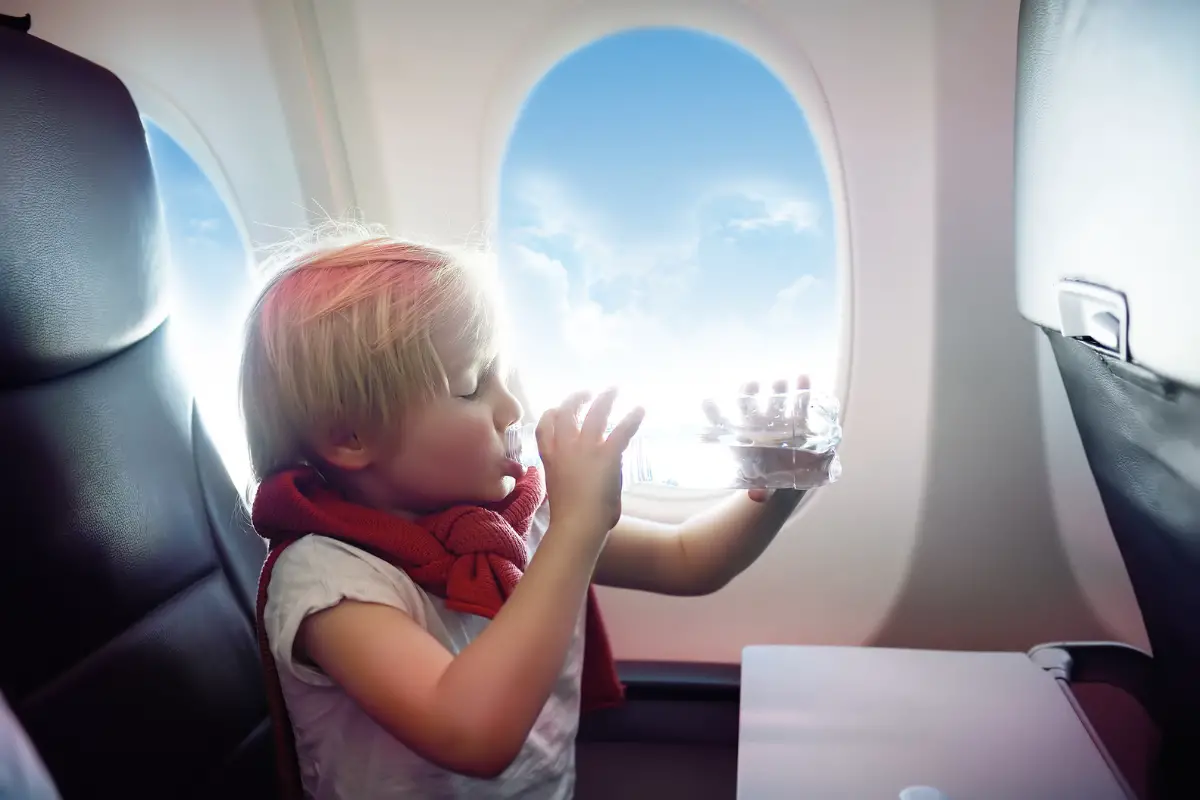
Packing An Empty Water Bottle
I’ve developed a practice of carrying an empty water bottle with me. After I go through security, I fill it up at a water fountain. Some airports have specialized water stations that make refills easy.
This way, I always have water on hand, can keep track of my consumption, and help the environment by decreasing plastic waste.
Staying away from salty snacks.
In-flight snacks are often high in salt, which is undesirable while attempting to keep hydrated. I’ve discovered that eating fruits and nuts from home helps me retain more water.
Furthermore, moving to better alternatives means fueling my body with vitamins and minerals that promote moisture in the air.
Hydrating Mist for My Skin
The air in the plane may be rather dry, so I make sure to refresh my face with a moisturizing mist. This gives me a pleasant sensation and keeps my skin moisturized.
I discovered that the humidity on flights may drop below 20%, when our skin prefers humidity levels of 40% to 70%.
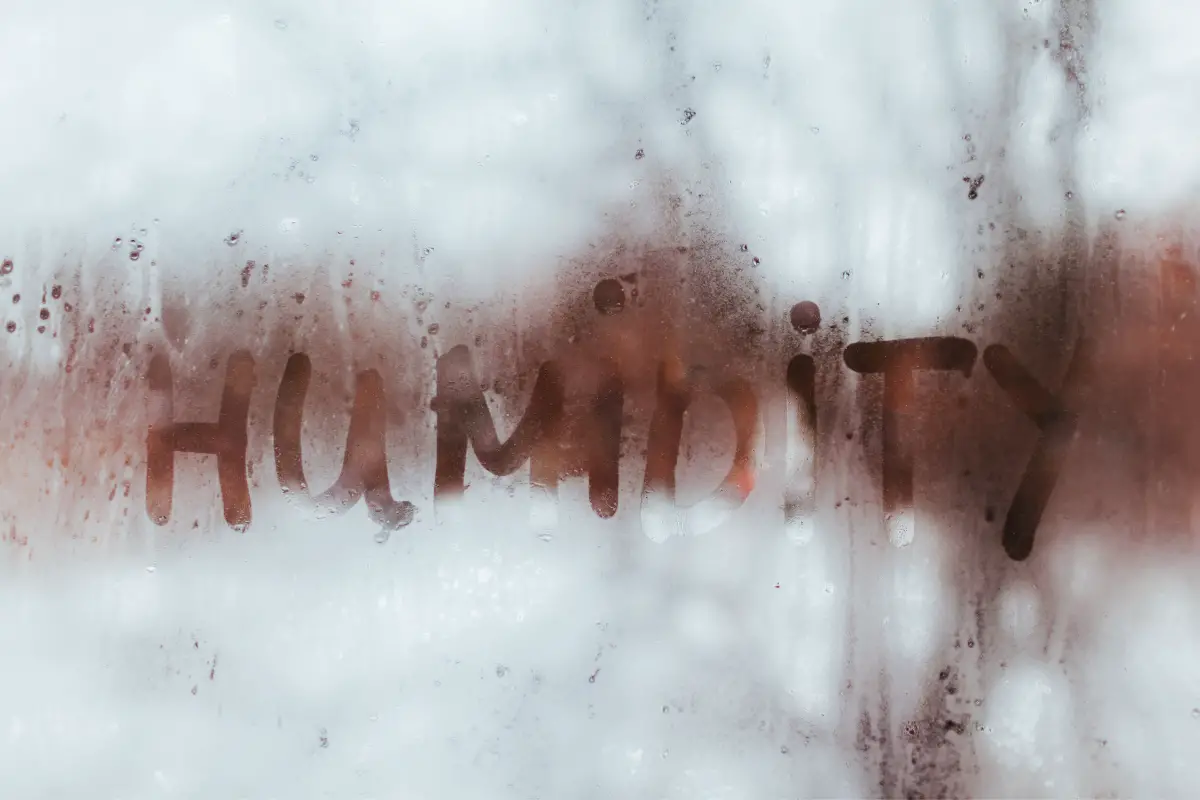
Moisturizing regularly
Applying moisturizer during the journey is a tip I learnt from regular travelers. I concentrate on my hands, cheeks, and neck, which are often exposed.
I once heard that our skin is the first line of defense against dehydration, therefore keeping it moisturized is equally as important as drinking water.
Conscious Breathing Techniques
I observed that regulated breathing exercises may help avoid moisture loss during respiration. I take regular, shallow breaths to assist maintain water levels.
A little attention up in the air goes a long way toward keeping comfortable during the ride.
Wearing comfortable clothing.
Choosing breathable clothes prevents me from sweating excessively, which reduces water loss. I also prefer to take a light scarf since the temperature on aircraft fluctuates and it helps to keep my body’s moisture levels stable.
Avoiding Overheated Cabins.
I notice that the temperature in cabins may frequently be fairly warm. I adjust the air vent above to produce a pleasant climate. It helps to circulate air about me, keeping me from feeling stuffy or hot.
Setting Reminders for Drinking Water
I sometimes forget to drink water when watching a movie or taking a sleep. Setting a reminder on my phone or watch to drink water every hour or so helps me stay on track.
Staying hydrated is essential, since Lufthansa Technik experts claim that humidity in airplane cabins might be lower than in certain deserts!
Know When to Seek Assistance.
If I feel considerably dehydrated, I do not hesitate to seek assistance. The cabin staff is qualified to help with health issues and may offer me with additional water or assistance if I need it. I’ve learnt that it’s better to speak out than to suffer in silence.
How can I make sure I drink enough water on my next flight?
- At least two hours before your air travel, start drinking water.
- Have a water bottle that you can use again and again. Fill it up after security checks.
- Do not eat salty food. Instead, eat fruits and veggies.
- Don’t let your skin dry out. Use a lotion or spray that hydrates.
- Wear and bring clothes that are made of materials that let air pass through them.
Last Words on Staying Hydrated While Flying
During my trips, I’ve learned how important it is to stay hydrated. Staying hydrated changes not only how I feel when I get home, but also how the whole flight goes.
The important thing is to keep drinking water throughout the trip instead of trying to catch up after becoming dehydrated. It’s something very easy, but it has a big effect on your health and happiness.
Keeping these tips in mind has always helped me feel ready to explore my new place after getting off the plane.
That one thing you must bring with you on your trip can really make a difference in getting off on the right foot, or should I say, with the right sip of water!
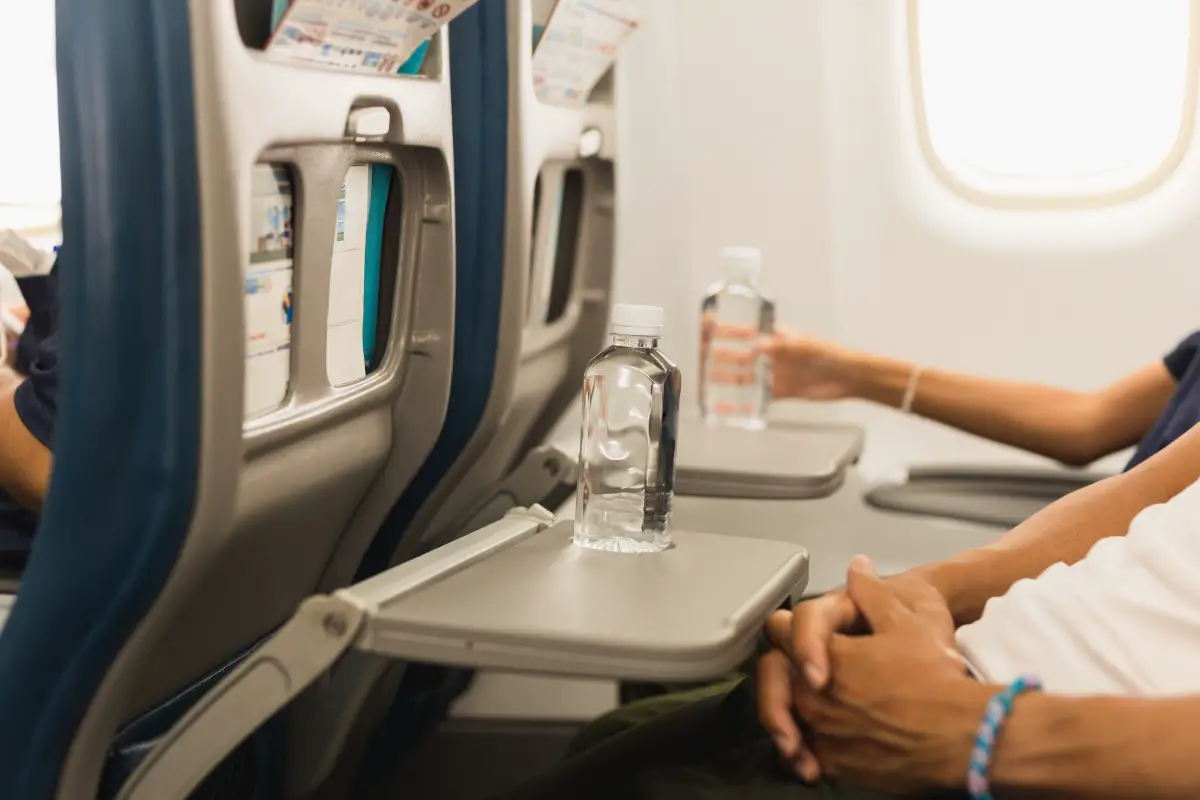
Why is it important to drink water during a flight?
The low temperature in the cabin can make you lose water, so it’s important to stay hydrated during trips. This can lead to a number of unpleasant symptoms, including dry skin, tiredness, and headaches, which can make your trip less enjoyable overall. Keeping yourself hydrated is good for your health and gives you energy.
Can the cabin environment affect my hydration levels?
Yes, it is known that the cabin of the plane has very low humidity—usually less than 20%—which is much lower than what most people are used to. It’s important to take extra steps to stay hydrated in this dry environment because breathing and the skin can lose more water.
How much water should I drink before and during the flight?
For every hour you are in the air, you should drink at least 8 ounces of water. But this can be different for each person depending on their wants and things like age, health, and pregnancy. It’s also important to pay attention to your body’s signs of dehydration.
Are there certain kinds of drinks I shouldn’t bring on a plane?
If you want to stay hydrated, you should drink less coffee, tea, and alcoholic drinks, which can make you pee more, which can make you lose more water. For the best health, stick to water or drinks that are high in electrolytes.
Is it enough to just drink water to stay hydrated?
Even though water is the best way to stay hydrated, your body needs more than that sometimes. Electrolytes in drinks like coconut water or drinks with electrolytes can help keep your body’s fluid balance in check and keep you hydrated.
Should I change my drinking habits for long vs short haul flights?
People who take long-haul trips need to make sure they keep drinking water because they are in a low-humidity setting for a long time. For shorter trips, you might not need to worry as much about staying hydrated, but the same rules still apply.
What foods can help with staying hydrated?
Eating lots of fruits and veggies that are high in water, like tomatoes, oranges, grapes, and onions and greens, can help you stay hydrated.
How can I monitor my hydration while flying?
Seek help if you feel thirsty or have dry mouth, tiredness, or pee that is a dark color. Keep track of how much water you drink and drink small amounts of water every day instead of waiting until you’re thirsty.
Are there physical activities that can help with hydration?
Light stretching or walking down the hall can improve circulation, which in turn makes it easier for your body to take in water. Though, doing a lot of hard exercise can make you sweat more, so it’s a mix.
How should I adjust my hydration strategy if I’m flying to a hot or dry destination?
If you’re going to a very hot or dry place, it’s even more important to stay hydrated before you get on the plane and keep drinking fluids during the flight to help your body adjust when you get there. Pack a refillable water bottle in your carry-on and fill it up after passing through security to ensure you have access to water throughout the journey. Keep in mind the TSA 311 liquids rule when packing any beverages or liquid hydration packs, so only carry travel-sized containers under 3.4 ounces in your bag. Staying ahead on hydration will help you feel more comfortable and energized, especially when transitioning to such extreme climates.

